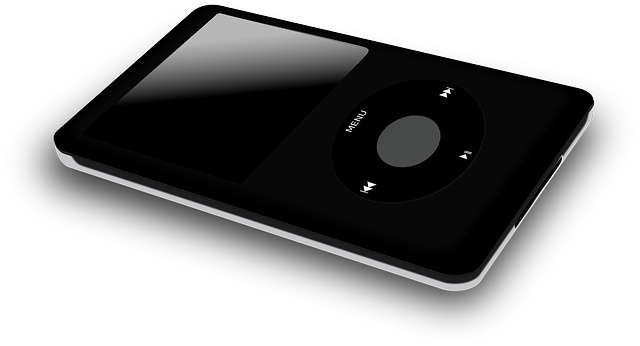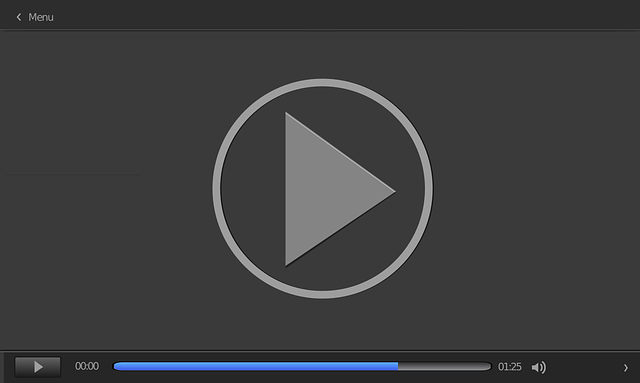The DivX File Format is a powerful tool for video editing, offering exceptional DivX File Format Compatibility across various devices and platforms. Its support for multiple video codecs ensures seamless playback, while its flexibility allows users to easily edit videos without specialized software. Integrating with popular video editors, DivX caters to both amateur enthusiasts and professional content creators, providing efficient file compression for high-quality videos in smaller sizes, ideal for online sharing and storage. This format's wide support from professional software like Adobe Premiere Pro makes it a preferred choice for seamless editing workflows while maintaining quality.
DivX, a versatile video file format, empowers users with exceptional editing capabilities. This article delves into the intricacies of DivX, highlighting its advantages in video manipulation and offering a comprehensive guide for optimal utilization. We explore its compatibility with various software, providing insights into common use cases. Learn best practices to enhance video quality, ensuring seamless editing experiences across different platforms. Discover why DivX remains a preferred choice for users seeking flexibility and high-quality output in their video projects.
Understanding DivX: An Overview of Its Capabilities

DivX, a versatile video file format, offers users an efficient and powerful tool for video editing and manipulation. Its primary strength lies in its compatibility with various devices and platforms, making it accessible to a wide range of users. The DivX File Format supports a broad spectrum of video codecs, ensuring smooth playback on different operating systems and media players.
This format’s flexibility allows for easy editing, enabling users to trim videos, add effects, and mix audio tracks without the need for specialized software. Its compatibility with popular video editing tools further streamlines the process, making it an ideal choice for both amateur enthusiasts and professional content creators.
Advantages of Using DivX for Video Editing

Using DivX for video editing offers numerous advantages thanks to its efficient and versatile file format. One of the key benefits is compatibility; DivX files can be seamlessly played back on a wide range of devices, including computers, smartphones, tablets, and modern streaming platforms. This widespread support ensures that your edited content can reach a diverse audience without encountering playback issues.
Furthermore, the DivX codec is renowned for its compression capabilities, allowing users to create high-quality videos in relatively smaller file sizes. This is particularly advantageous for online sharing and storage, where reduced file sizes can significantly improve load times while maintaining video integrity. The format’s efficiency makes it a popular choice for content creators looking to optimize their workflows without sacrificing visual quality.
Common Use Cases and Software Compatibility

The DivX file format is widely recognized for its compatibility and versatility, making it a popular choice for video editing and manipulation. Common use cases include professional video editing software, where editors can easily trim, crop, and enhance footage without sacrificing quality. It’s also a go-to format for converting videos to play on various devices, ensuring smooth playback across different platforms.
Software compatibility is another strength of DivX. Many industry-standard video editing tools support this format, allowing users to import, export, and edit seamlessly. This includes professional-grade software like Adobe Premiere Pro, Final Cut Pro, and DaVinci Resolve, which leverage DivX’s capabilities to deliver high-quality video processing and efficient workflow.
Best Practices for Optimizing DivX Video Quality

When optimizing DivX video quality, adhering to best practices ensures optimal file size reduction while preserving visual integrity. Start by selecting the appropriate DivX codec and settings tailored for your video content. Since DivX is known for its efficient compression, choosing the right bitrate and resolution balance is key. Lowering the bitrate reduces file size but may introduce visible artifacts; finding the sweet spot depends on your target audience and distribution method.
Additionally, leveraging DivX’s advanced features like constant bitrate (CBR) encoding or variable bitrate (VBR) can significantly impact quality. CBR maintains a consistent bitrate throughout, ideal for ensuring smooth playback, while VBR adjusts rates dynamically, offering better compression. For best results, test different settings and compare outputs to choose the DivX file format compatibility that strikes a perfect balance between file size and visual quality.
DivX, with its powerful capabilities and widespread compatibility, emerges as a versatile file format for video editing. Its ease of manipulation allows users to efficiently create, edit, and optimize videos without complex workflows. By leveraging the advantages of DivX, from software compatibility to quality optimization, creators can focus on crafting engaging content, making it an ideal choice for both professional and amateur editors in today’s digital landscape.
